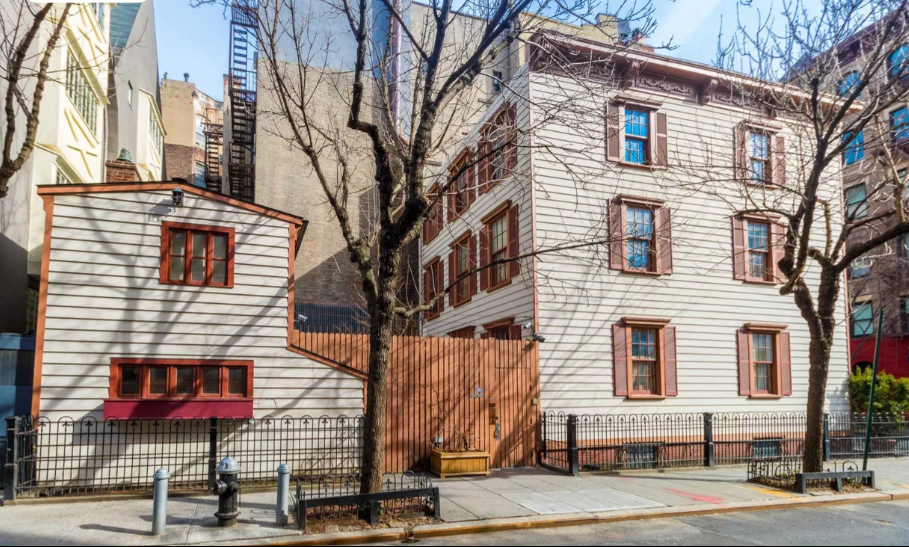Ken Had a Dreamhouse, Too — In Greenwich Village
The recent renaissance of all things Barbie, engendered by the blockbuster film by Villager Greta Gerwig and her partner and co-writer, Noah Baumbach, caused us to wonder: of all the careers Barbie had and all the places she lived, did she ever find herself living or working in our neighborhoods? Lo and behold, we were not far off in our query. Ken, Barbie’s perpetual plus-one, certainly did have a dreamhouse in Greenwich Village, and his family lived there for nearly a decade.

In March 1959, an 11 1/2-inch plastic doll named “Barbie” was launched by Mattel, Inc., and the American toy market would never be the same. The obsession with Barbie, the brainchild of Ruth Handler, co-founder (with her husband Elliot) of the toy company, has lasted over 6 decades. Ken, Barbie’s male counterpart, was launched in 1961. Ruth and Elliot were the parents of two children, a daughter named Barbara and a son named Kenneth, and they named the world’s most popular doll couple after their two beloved children.

While his parents made a name for themselves in the toy industry, Ken Handler made a name for himself in the film industry. He was a screenwriter, director, and film composer, best known for helming Delivery Boys and A Place Without Parents. In the early 1980s, Ken married and moved to New York. Records show that Ken Handler bought the wooden home at 17 Grove Street in the Greenwich Village Historic District, and took it upon himself to bring the home back to its former historic splendor, as well as restore it back to a single-family home.

17 Grove Street is a dream of a place indeed, and one of the most charming structures in New York City. It is often supposed that the home is one of the oldest, if not the oldest house, in Greenwich Village. But actually,17 Grove Street only dates to 1822 ( the third floor was added in 1870).

The home was built by sashmaker William Hyde, who was instrumental in building a good portion of the West Village. This Grove Street structure is one of very few that still has its classic clapboard siding. The fate of wooden structures in Manhattan was sealed when most of the city’s wooden homes were destroyed in a series of devastating fires – in 1776, 1835, and 1845 – which led the city to ban their construction in a series of measures. First came an 1816 ban on wooden homes below Canal Street, followed by an 1849 ban on such houses below 32nd Street, and then an 1882 ban on those below 155th Street.
Not much has been written about Ken Handler’s time at the Grove Street house, but in an interview in the San Diego Union-Tribune that appeared in 1991, Ruth Handler describes her son as “having a wife, two kids, long hair and a beard, and he’s into renovating historic buildings in Greenwich Village — bohemian central.” Our research tells us that Kenneth Handler bought the property in 1988 and lived there with his family until his death in 1994. His wife, Suzie, sold the property in 1996. What we can tell from photos of the interior is that Ken took loving care of the place and that his work on the home tried to recreate an interior that resembled its original details.


The property also has a backhouse which was originally used as a workshop.

Ken was also a photographer who had at least one showing of his work in the East Village at the Fourth Street Photo Gallery in 1987.

The Village is indeed a place that includes so many historic Dreamhouses, but few are so rare and so lovingly cared for as Ken’s erstwhile dreamhouse.

Learn more about the homes in the Greenwich Village Historic District on our online tour, Greenwich Village Historic District: Then and Now Photos and Tours, which includes information about and images of every one of the 2,200 buildings in the Greenwich Village Historic District, prior to designation in 1969 and today.

Ken Handler also owned one of the two brownstones that Mayor Bloomberg bought and combined on E. 79th St. (#17)